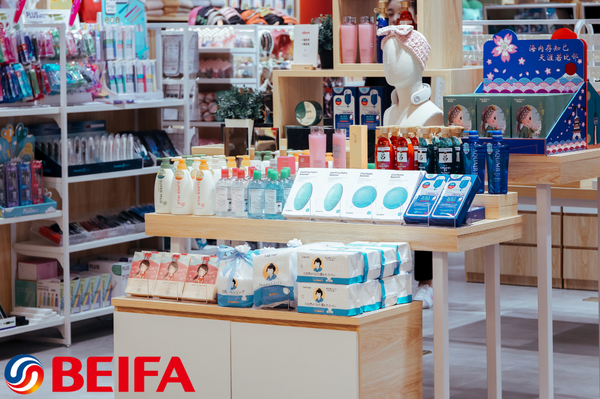+86 13586865656
The present situation, challenge, and future development of Chinese stationery export
The present situation, challenge, and future development of Chinese stationery export

Stationery is cultural utensils, including office stationery and learning stationery. According to the product form, stationery can be divided into pen, ink, paper stationery, teaching supplies, etc. It can be divided into office stationery, writing instruments, student stationery, and other cultural and educational supplies.
China’s stationery industry has a long history of development. In the early days of China’s development, there were few domestic manufacturers and their products were more dependent on imports.
In the late 1980s and early 1990s, with the beginning of the reform and opening up, some European and American stationery enterprises transferred their manufacturing links to China, thus driving the rapid development of the domestic stationery industry.
After that, the stationery industry continued to develop steadily under the support of national policies and was driven by multiple factors such as consumption upgrading, and forming a stationery industry cluster.
According to the data from the Census Center of the National Bureau of Statistics, Chinese cultural products manufacturing enterprises and brands are mainly distributed in Zhejiang, Guangdong, Jiangsu, and other places. For example, stationery manufacturers of document processing (including folders, materials, etc.) are mainly concentrated in Chaoyang, Shenzhen, Guangzhou, and other places in Guangdong. Stationery manufacturers of pens, teaching AIDS, tail clips, staplers and glue are concentrated in Ningbo, Wenzhou, Yiwu, and other places in Zhejiang Province. [1] Among the 47 merchants we visited,28 mainly selling highlighters or watercolor pens have factories in Wenzhou, and 16 mainly selling neutral pens or notebooks have factories in Yiwu.
Nowadays, the export of Chinese stationery products covers various countries and regions on all continents.
According to Chinese customs data, China’s stationery exports reached 35.08 billion yuan in 2020, with major markets including Russia, Spain, Hungary, and other European countries, as well as Paraguay, Brazil, and other South American countries.
The stationery products exported from China have many advantages, such as diversification, security, and individuation.
In terms of diversity, Chinese merchants are constantly introducing products for different scenarios.
Although China’s stationery exports have many advantages, they also face many challenges.
Since the opening of the third Zone of the International Trade City in 2005, there have been more than 2,000 stalls selling stationary-related products. The stationery manufacturing technology is relatively low, and the products produced are very similar. The competitive environment among merchants is also very fierce.
The market of a small commodity city has the basic elements of a free competition market to some extent. It refers to an industry with a large number of production and sales enterprises, they all provide the same kind of standardized products to the market in the same way. Merchants have no control over the price of goods or services. In such a competitive environment, because the merchant has no influence on the price, he can only become the recipient of the price silently. Any behavior of the merchant to raise or lower the price will lead to a sharp decrease in the demand for the product or the unnecessary loss of profit.
Therefore, the price of a product can only be determined by supply and demand. For the stationery market, it is very difficult to compete with thousands of enterprises in a fair way to occupy a certain market share. Because there are a large number of producers and consumers, the presence of individual merchants is extremely low compared to the sales and purchases of the whole market.













